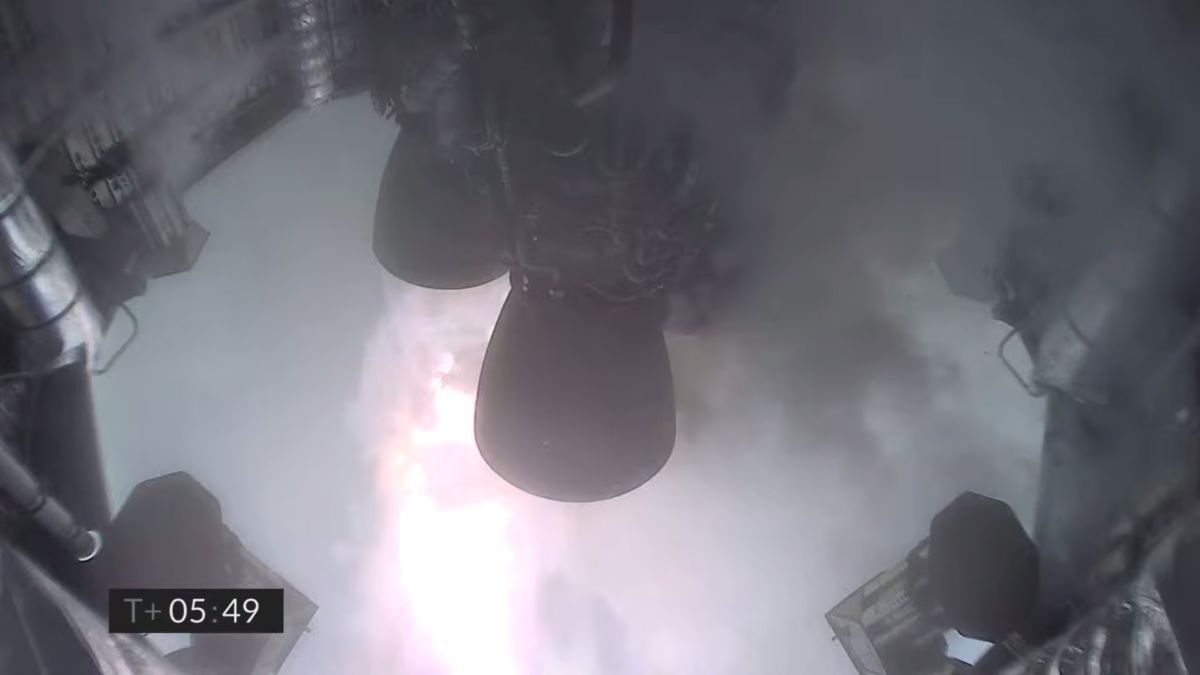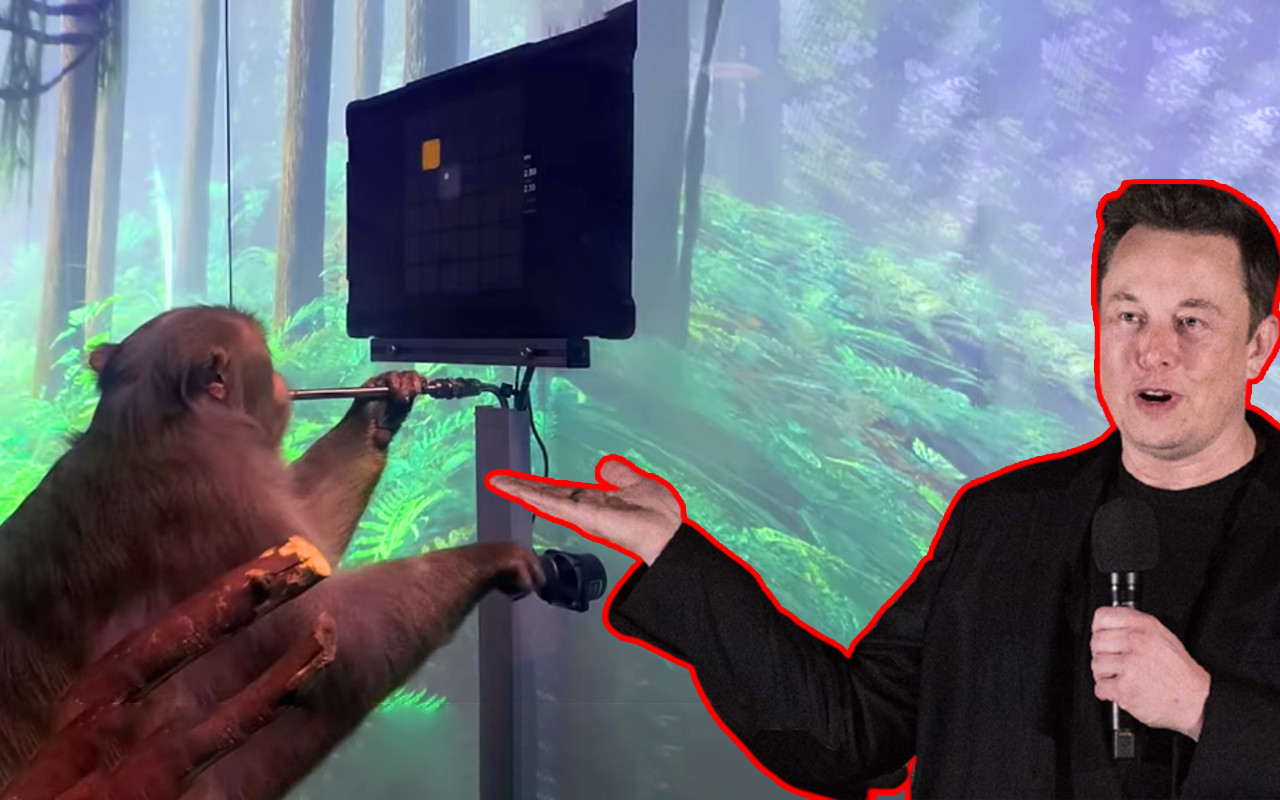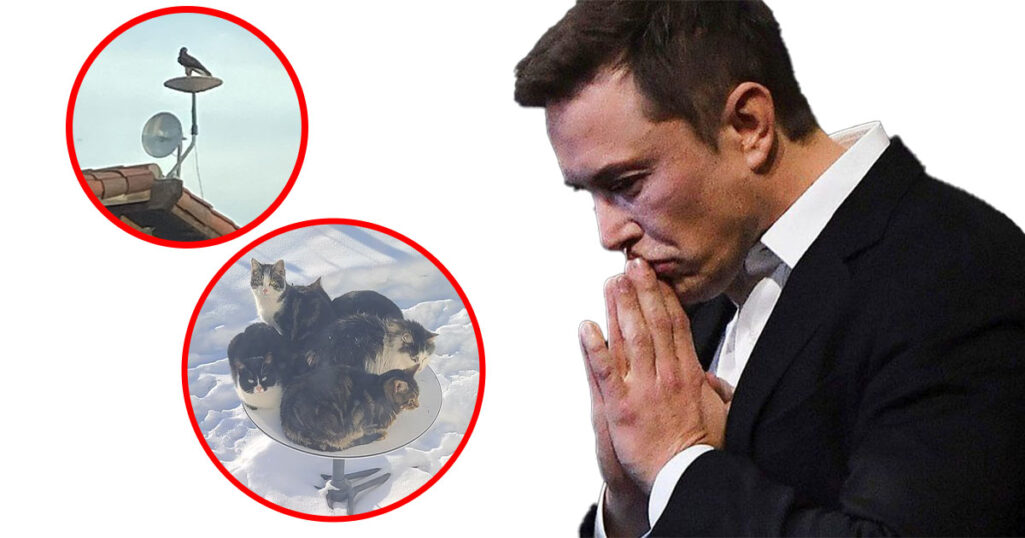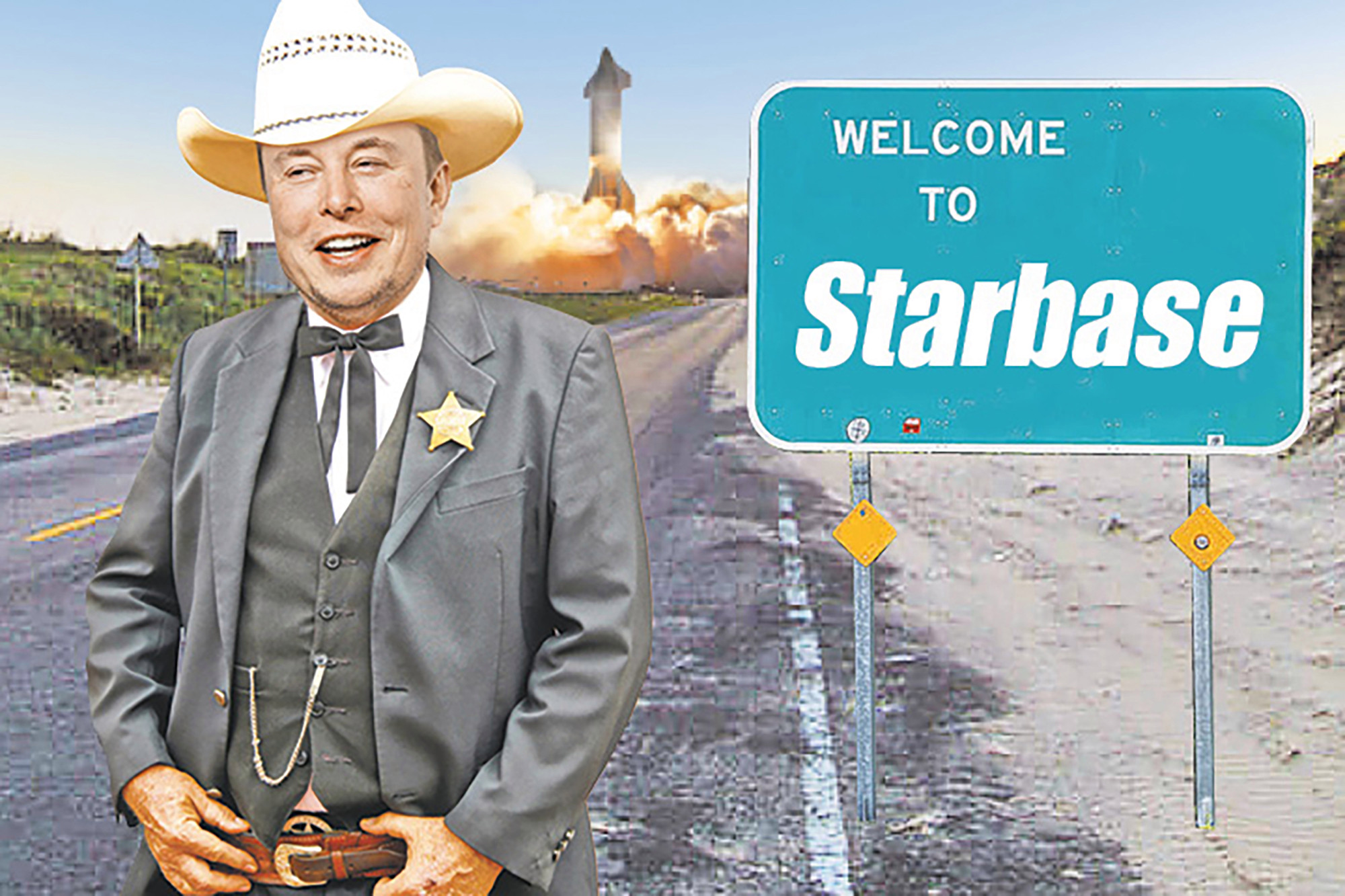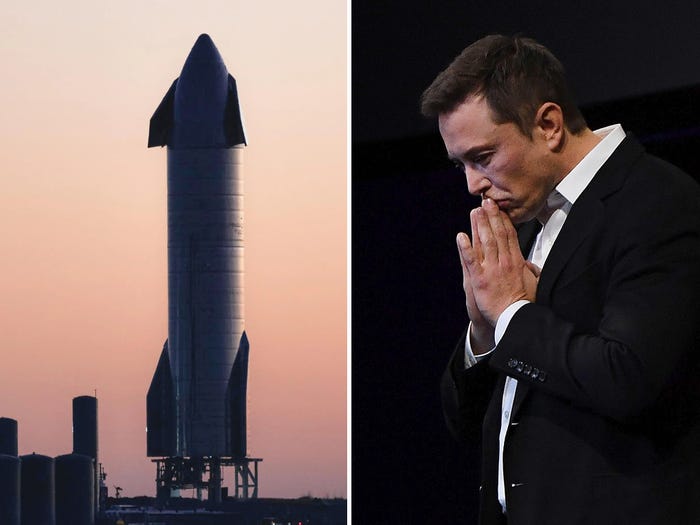
On March 3, the third high-altitude flight of a SpaceX Starship prototype started with a successful landing — and then ended again moments later with an explosion.
Despite the fact that the SN10, as the project was called, joined its two most recent counterparts in the fiery great beyond, it was recognized as a success for being the first of Elon Musk’s Mars-bound Starship designs to land. Musk took to Twitter on Tuesday to explain why the SN10 was a little too hot and to clarify that a series of updates for the next version in the series, the SN11, were already in the works.
“SN10 engine was low on thrust due (probably) to partial helium ingestion from fuel header tank,” Musk tweeted. “Impact of 10m/s crushed legs & part of skirt.
SN10 engine was low on thrust due (probably) to partial helium ingestion from fuel header tank. Impact of 10m/s crushed legs & part of skirt. Multiple fixes in work for SN11.
— Elon Musk (@elonmusk) March 9, 2021
In subsequent tweets, Musk reported that the helium ingestion was most likely caused by a pressurization device that had been installed in the CH4 header tank to fix a previous SN8 malfunction.
Fair point. If autogenous pressurization had been used, CH4 bubbles would most likely have reverted to liquid.
— Elon Musk (@elonmusk) March 9, 2021
Helium in header was used to prevent ullage collapse from slosh, which happened in prior flight. My fault for approving. Sounded good at the time.
“If autogenous pressurization had been used, CH4 bubbles would most likely have reverted to liquid,” Musk wrote. “Helium in header was used to prevent ullage collapse from slosh, which happened in prior flight. My fault for approving. Sounded good at the time.”
The rocket comes in for a fast landing before settling in at a tilted angle, partially aflame, in video footage of the SN10’s takeoff and eventual soft landing at SpaceX’s test facility in Boca Chica, Texas. The rocket bursts in a giant fireball about a minute after successfully finishing the test flight.
Oof. SN10 has decided to join SN8 and SN9.
— Chris Bergin – NSF (@NASASpaceflight) March 3, 2021
Still a great advancement with the landing.
➡️https://t.co/bOsEo1u0u0 pic.twitter.com/RiXV6e3u04
Musk’s tweet was in response to a photographer’s series of images, which seem to show SpaceX workers checking the landing legs of SN11 to ensure that they can deploy correctly. At the same time, the company prepares for its upcoming test flight. Although SN11 is currently on the launch pad in Boca Chica, SpaceX has not yet announced when the next flight test will occur — although some industry analysts believe it might launch as early as next week.

